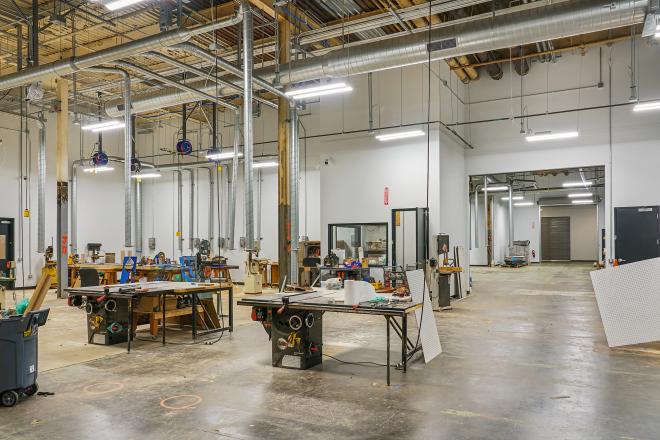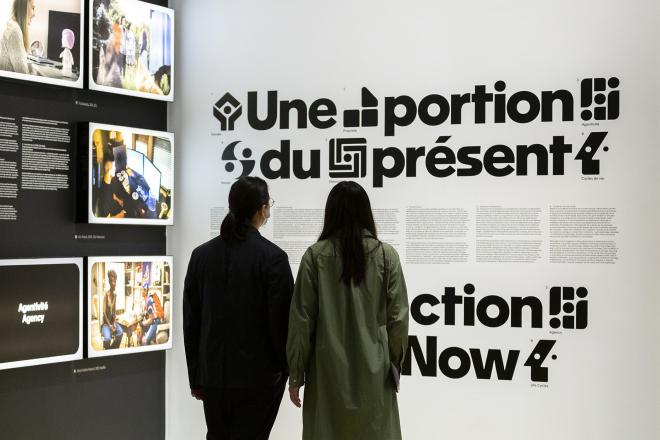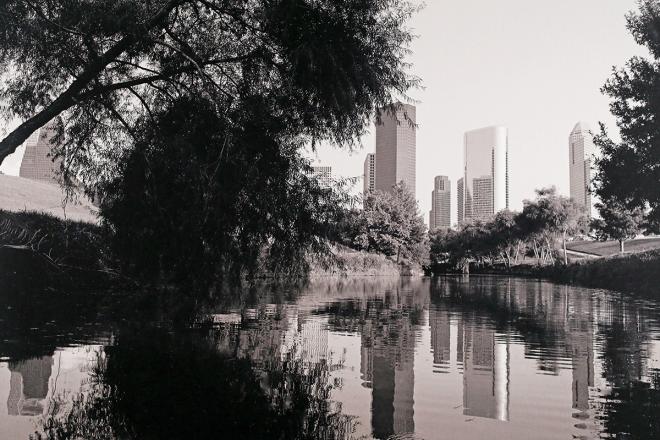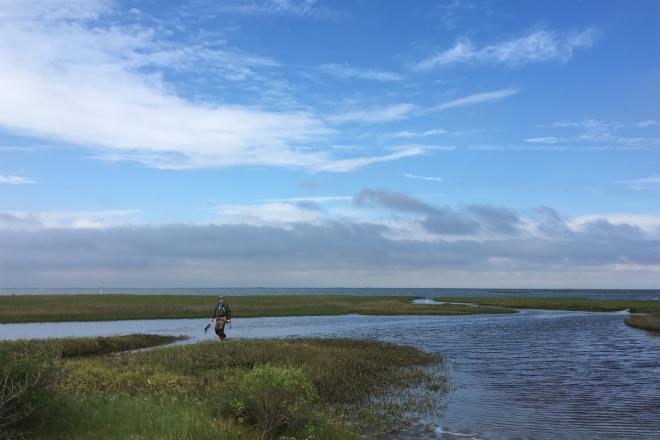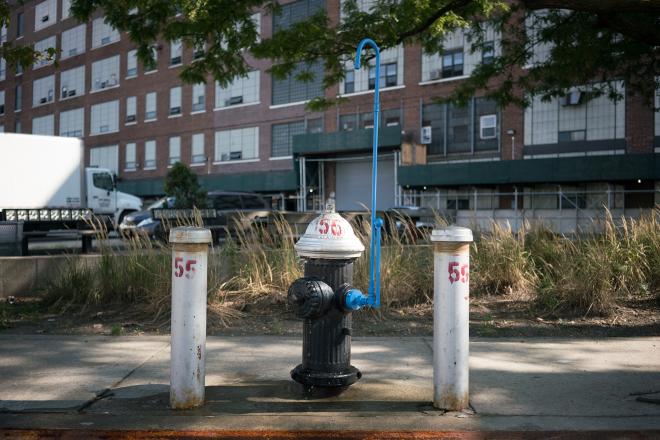Statistics tell a frightening story about how Houston drivers view pedestrians. This is according to the 2008 National Pedestrian Crash Report, which compiled ten years of pedestrian crash data: “California, Florida, and Texas have more pedestrian deaths than any other states. Based on the pedestrian death percentages as a proportion of total pedestrian fatalities, the cities of New York, Los Angeles, Chicago, Phoenix, and Houston are the top five.” A Houston Chronicle analysis in August 2011 showed that in a 3.5-year span of time, only 17 percent of drivers involved in 174 fatal pedestrian accidents were prosecuted.
But nowhere is there a clearer indication of the widespread lack of concern for pedestrians than the September 4 accident involving Houston Police Chief Charles McClelland. The chief hit a pedestrian while driving to police headquarters in a city vehicle. At the time of the incident and over the following week, McClelland was not issued a traffic citation.
What message does the absence of a traffic citation say about the status of pedestrians in Houston? I ask this question out of more than idle curiosity. On November 3, 2010, I was hit by a car while walking to school.

Main Street and University. Image courtesy Wikimedia.
At the time of my accident, I was a graduate student at Baylor College of Medicine seeking a doctorate in developmental biology. Entering the program, I heard stories circulating about a previous student in my program who had been killed riding his bike to school. This fatality was an abstraction that had nothing to do with me. Or so I thought, until the day I was hit, becoming a part of the statistics on auto-pedestrian accidents in Houston.
The KHOU headline read “Elderly driver hits three pedestrians.” This was not the imprint I wanted to leave on the city---to be described as the “woman [who] hit her head on the windshield and suffered head trauma,” accompanied by a video of a car with a shattered windshield. I thought my contribution to the research community at Baylor College of Medicine would be as an author of scientific papers; instead my contribution was as a participant in a study of young survivors of mild traumatic brain injuries.
I came to Houston for the opportunities: graduate school in biology for me, oil and gas for my husband. I was a newcomer, still figuring out my relationship with the sprawling urban metropolis of Houston. Then I was hit by a car and all the headlines---all the near-misses and aggressive drivers, all the fatalities reported in the news---took on a whole new meaning.
On my first trip into Houston---sitting in a cab as I headed into the city for a grad school interview---I wondered what my future here held. I looked out the window and saw a city consumed by gray highways, filled with speeding SUVS, trucks, and inattentive drivers. Houston seemed a big impersonal jungle of concrete and steel. I wondered where my niche would be in my new city.
After moving to Houston, I made the decision to ride the bus. I was a student and parking was expensive; the bus provided an economical, sustainable alternative to driving. Many others who worked in the Medical Center---students and employees alike---rode the bus with me. As a student, I had the option of paying $175 a month for parking in the Baylor Garage, $60 a month for satellite parking, or using my student discount---$0.60 a ticket---to ride the bus.
The Medical Center is packed with drivers who are scared and confused about where to go. Accidents are a fact of life. I saw riding the bus as my own personal contribution to Houston and the Medical Center---I was helping to decrease the amount of cars on the road, and in so doing, I was helping make my new city a better place. But the big flaw in my reasoning---and one I paid a steep price for---was the fact that Houston is not a friendly city for pedestrians.
Every morning, I got off the bus at the intersection of University and Main Street. Every morning, I walked across Main Street, then across Fannin, in order to get to school. Four lanes of traffic on each street, combined with the risk of cars entering and exiting the parking garages, most of the drivers oblivious to the possibility of pedestrians. There were some shortcuts I could take once I entered the Medical Center, pedestrian bridges that allowed me to bypass some intersections. But there was no way to avoid crossing Main Street, where I was hit.
The morning of my accident, I woke up early to go to school---I had two meetings, experiments to complete, and papers to grade. My mother-in-law had flown in the night before from India, and we were scheduled to close on a house the following week. My busy life---which was slowly unfurling into a promising future---came to a crashing halt that morning, when I looked over to see a car speeding towards me. I had a millisecond to process the event---to understand what was happening---before I felt a rolling sensation, a single aching thought of This is it, and then blackness. The terror of that single moment---of feeling helpless against the random cruelties of life---follows me through my dreams and conscious life.
I woke up on the hard concrete to pain and the sensation of red gushing down my face. I cowered on the pavement in the center of Main Street as the red and blue of police lights flashed and cars drove around me. I was nothing more than a small and fragile entity pitted against the overwhelming traffic of Houston. And I had lost the fight.
My accident was a week before my husband and I were scheduled to close on a new house. If I had been confined to our sterile, faceless apartment, I might have just picked up and moved to a quieter town. But a friendlier face of Houston was waiting for me. A month after my accident, still in pain, my husband and I moved into a tree-shaded Arts & Crafts bungalow in the Avondale neighborhood.
My new home---with its high ceilings, spacious rooms, warm oak floors, and leafy green garden---helped me find peace again. I woke up in the morning to the sight of sunlight filtering through the trees outside my window. I learned about the history of my home from my neighbors, helping me feel a connection to the city of Houston and its history. In the evenings, when my neighbors walk their dogs, we wave and make small talk, in a gesture of neighborliness that reminds me of the little things that turn Houston into a home.
Sometimes I find myself struggling to come to terms with life in Houston. Houston is, in so many ways, a city of extremes. I love the parks, the museums, the green trees, and the historic bungalows of my Montrose neighborhood. Houston has also fostered my love of writing; between the local writing community and the rich offerings provided by the research community, I have expanded my boundaries in unimaginable ways.
Houston is also a city with a dark side, one that is reflected in its attitudes toward pedestrians.
Hours after my accident, as I lay on a gurney in an operating room at Ben Taub Hospital, a police officer asked for my statement. After I told the officer what happened---that the car drove up on the median, hitting me along with other pedestrians---he promised me that the driver would never drive again.
At the time, I trusted his words. I trusted that the police were working to keep the streets safe for other pedestrians. When the police chief received a pass, I didn’t know anymore. After I published a shorter version of this essay as an op-ed in the Houston Chronicle and the paper itself ran an editorial, Mayor Annise Parker issued McClelland a one-day suspension. He has still not received a traffic citation for this accident, despite the fact that the pedestrian had the right of way. A video of the collision shows that the chief was at fault.
Because I don’t want my story to be commonplace, I have signed a petition that calls on the Houston City Council to open streets to pedestrians once a week. This initiative, “May 1000 Night Walks Bloom,” is designed to make walking a fun and safe activity for the entire family and has gained some traction at city hall.
Another effort, Complete Streets, aims to do the same, calling on the city to design streets with multiple users in mind---cars, bicyclists, and pedestrians---an initiative that could keep the streets safer for everyone. In the wake of the McClelland controversy, Mayor Parker issued an executive order making Complete Streets the basis for a more inclusive approach to Houston streets as they are rebuilt during the next 20 years.
There are many points in our city, such as Downtown, the Texas Medical Center, and the Galleria, where pedestrians have to risk crossing crowded lanes of traffic. Pedestrians can be more careful about staying in crosswalks and obeying traffic laws. But what will that matter if drivers who violate the same laws and hurt pedestrians aren’t prosecuted? I am grateful that Mayor Annise Parker intervened to suspend McClelland and declare a Complete Streets policy. But the next time that something like this happens, will there continue to be repercussions? Or will this issue simply be submerged again? And if we don’t continue to prosecute drivers who hit pedestrians, what does that say about our values as a city?
We owe it to the people around us---our family, our friends, our neighbors---to improve the safety of pedestrians in our city.
by Rachel Fairbank







